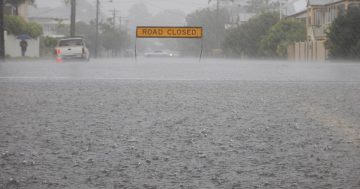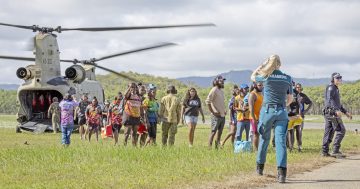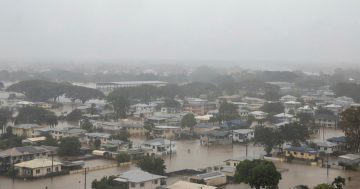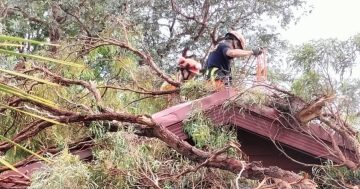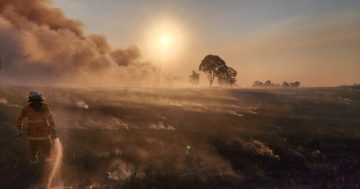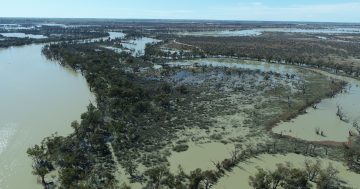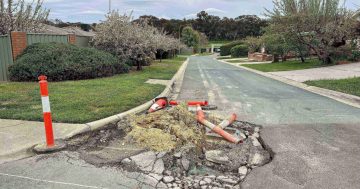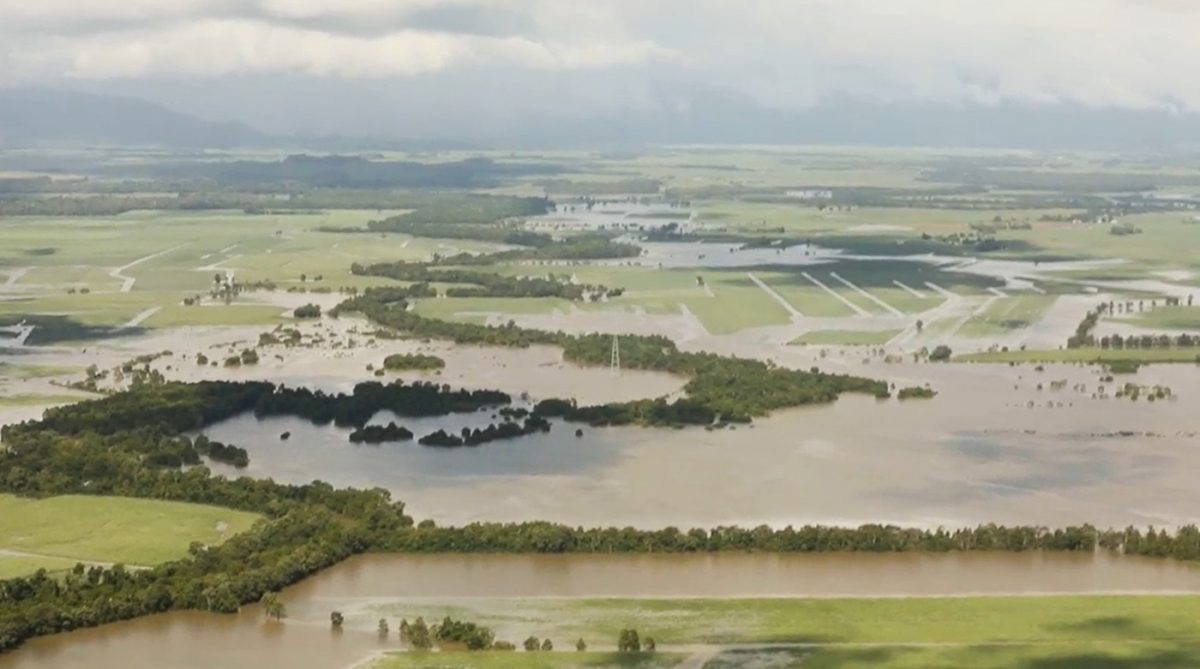
Some of the extensive flooding left in the wake of Tropical Cyclone Jasper in 2023. Photo: ADF.
A joint Federal and Queensland Government funding package will support several projects designed to build greater disaster resilience and reduce the risk of natural disaster events.
The $15 million package will be applied to 25 projects across the state through the Queensland Resilience and Risk Reduction Fund (QRRRF) investment round.
The projects include:
- $1 million for Central Queensland University to design green mobile energy hubs.
- Almost $998,000 supporting Resilient Building Council’s technical retrofit advice to 50 Brisbane households on building back better after the 2022 floods.
- $2 million for Noosa Shire Council to build hydraulic and embankment protection at Sunshine Beach.
- Nearly $2 million for Reef Catchments Mackay and the Whitsundays to protect the Great Barrier Reef from erosion with riparian, vegetation and wetland fencing.
- Almost $860,000 for QUT’s interactive Bushfire Disaster Risk Assessment and Reduction for Buildings software in bushland urban areas susceptible to potential ember attack.
- $650,000 for disaster resilience training for First Nations councils and tourism operators.
- $500,000 for a five-year review and update of the Brisbane River Floodplain Management Plan
- More than $548,000 for the University of Queensland to develop and install a network of hail-monitoring stations.
A full list of the QRRRF projects is available here.
The QRRRF has committed more than $76 million to 252 resilience-building initiatives in urban and remote areas of Queensland over the past five years.
Federal Minister for Emergency Management Murray Watt said the more that was done to prepare for disasters, the better off communities would be when more natural disasters and severe weather occurred.
“The National Partnership Agreement delivers proactive investment from both State and Federal governments,” he said.
“These grants are informed by local priorities, to address risks that local organisations have identified and create solutions to help them better prepare.
“This funding will support a range of disaster mitigation initiatives, disaster preparedness assets, technology innovations and resilient infrastructure right across Queensland.”
Queensland Disaster Recovery Minister Nikki Boyd said resilient Queensland communities were stronger and more likely to bounce back quickly from extreme weather and natural disasters.
“Through the Queensland Resilience and Risk Reduction Fund, the Albanese and Miles Labor governments are backing councils and not-for-profits to invest in the infrastructure, technology and planning that keeps Queenslanders safe,” she said.
“We’re putting almost $15 million into initiatives from flood mapping, early warning systems and road upgrades to mobile energy and communication hubs to ensure communities are better prepared to respond and recover.
“Queensland is more susceptible to natural disasters than anywhere else in Australia, but these smaller resilience projects will make a big difference around the state.”


